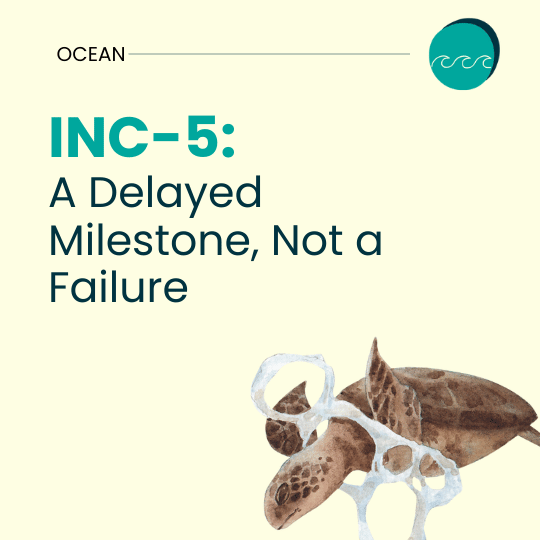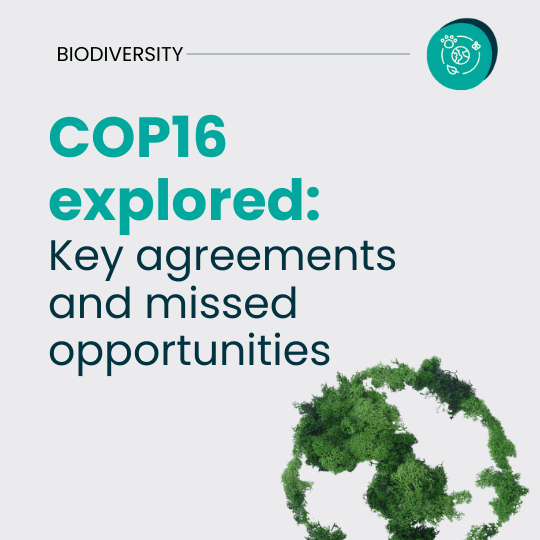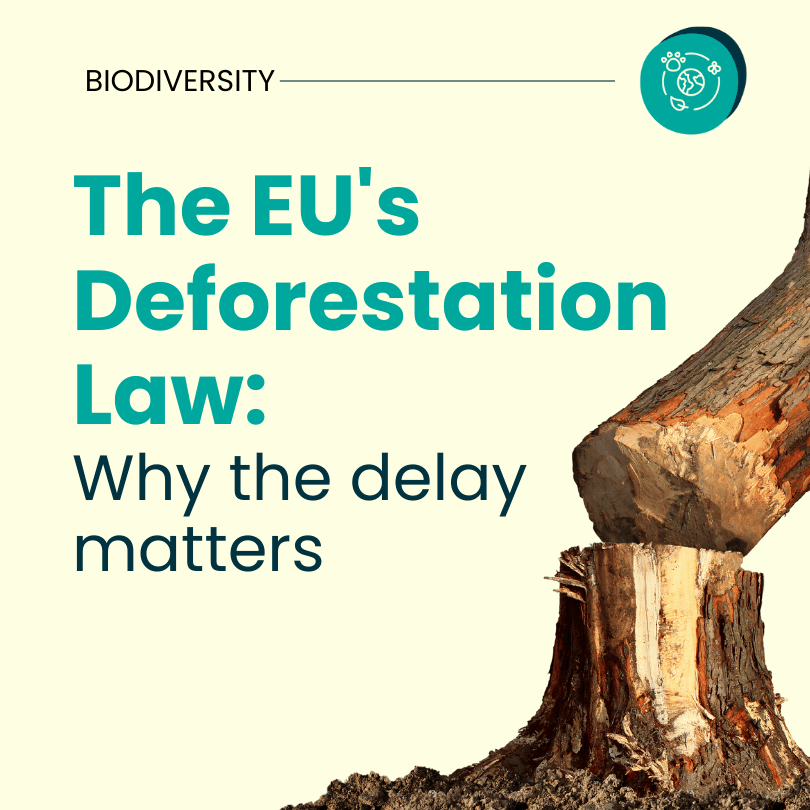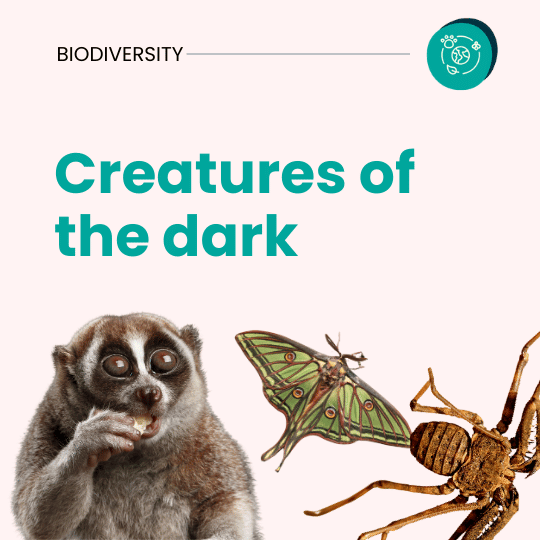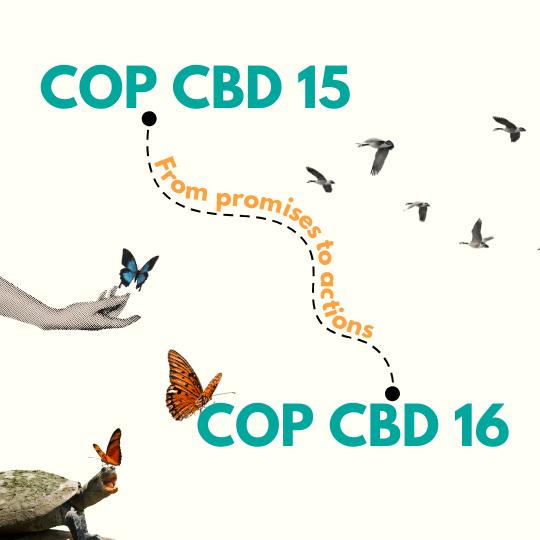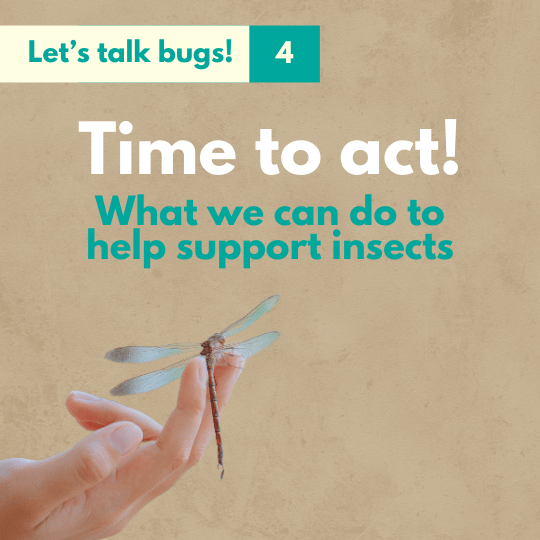
Recommendations to the EU Commission
YEE drafted these recommendations to the EU Commission on how to address the gaps in the exercise of Aarhus rights with regards to European youth. More specifically, the recommendations focus on the absence of youth participation in NECPs processes and its concerning implications, calling the Commission to call Member States to fill this gap as soon as possible and with adequate measures.
These recommendations are complemented by YEE’s country-specific reports on youth participation in the NECP processes in Bulgaria, Cyprus, Greece and Italy.
What is included in the position statement
The Commission should monitor the effective exercise of these rights among Member States, particularly amidst the observed shrinking of civic space, especially among young people and youth organisations. It is imperative to safeguard democratic participation rights among the youth population for more ambitious and effective climate action.
The poor exercise of Aarhus rights among European youth is evident in their non-participation in MCED and consultation processes concerning NECPs revision. Member States’ and EU’s failure to involve younger generations and their representative organisations undermines the rights of those who will bear the consequences of NECPs outcomes well into the future.
“There is a need to provide opportunities to engage in these processes that are specifically designed in such a way that takes into account the needs, opportunities and resources that young people have to engage in the deliberation.”
Learn about other campaigns that YEE supports

National Restoration Plans (NRPs) are a cornerstone of the Nature Restoration Law (NRL), outlining how Member States (MS) will implement the regulation

Today, we’re leaving X as an act of solidarity and a commitment to our values. This platform no longer aligns with our

As European youth, we hold all relevant decision-makers accountable for this grave backsliding in European conservation law. We call for the return

This document is an invitation to rethink and act, setting ambitious goals for the textile sector that align with biodiversity and climate

As European youth, we acknowledge our region’s historic responsibility for global emissions and call for urgent, just climate action. In solidarity with

As young people in Europe, we expect European countries at COP 16 of the Convention on Biological Diversity (CBD) to prioritise bold,

National Restoration Plans (NRPs) are a cornerstone of the Nature Restoration Law (NRL), outlining how Member States (MS) will implement the regulation to achieve its overall targets for 2050 and intermediary targets for 2030 and 2040. The European Commission has proposed a uniform format for NRPs, and this draft is open for public feedback until 7 February 2025.

Today, we’re leaving X as an act of solidarity and a commitment to our values. This platform no longer aligns with our mission for transparency, equity, and sustainability.
More To Explore
Youth Participation in National Energy and Climate Plans
https://yeenet.eu/wp-content/uploads/2024/02/position.png 250 250 Eva Kloudová https://yeenet.eu/wp-content/uploads/2018/11/logo-yee-728x1030.png Eva Kloudová2024-05-30 12:27:042024-05-30 12:50:31Youth Participation in National Energy and Climate Plans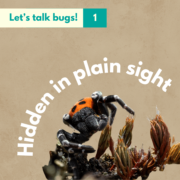
Written by

Ashton Melfor
Contents
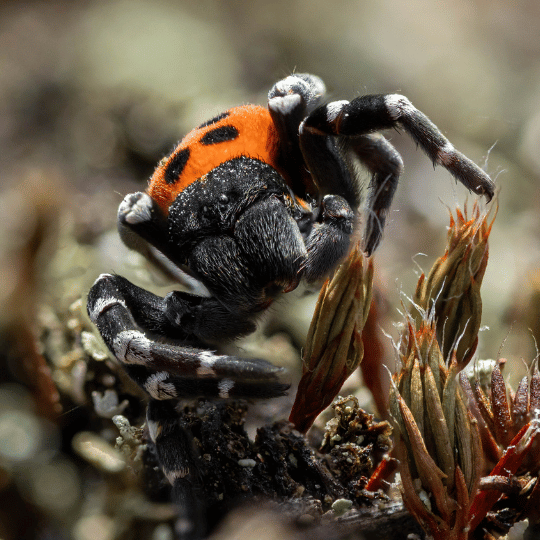
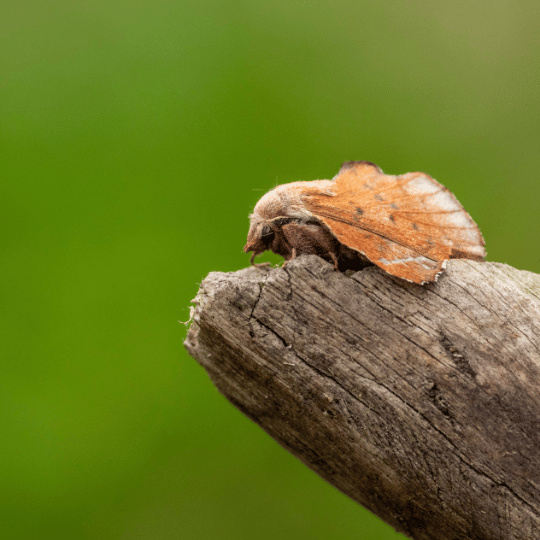

Photo credits: Ewout de Vos

Share this article
If it has 6 legs it’s an insect and if not it is something else.
With all the hustle and bustle going on in our lives, especially for those of us living in big cities, our time spent in nature is limited to short walks in nearby parks. Even when we do attempt to visit our national parks, some creatures often go overlooked. Many of these overlooked organisms belong to the phylum (group) of arthropods.
The reason why we use the word arthropod instead of insect is because all insects are arthropods but not all arthropods are insects.
Confused? Don’t worry, just look at the legs. If it has 6 legs it’s an insect and if not it is something else.
Examples of insects include:
- Bees
- Butterflies
- Beetles
- Praying mantis
Examples of non insect arthropods are:
- Shrimp
- Spiders
- Millipedes
- And yes even ancient trilobites
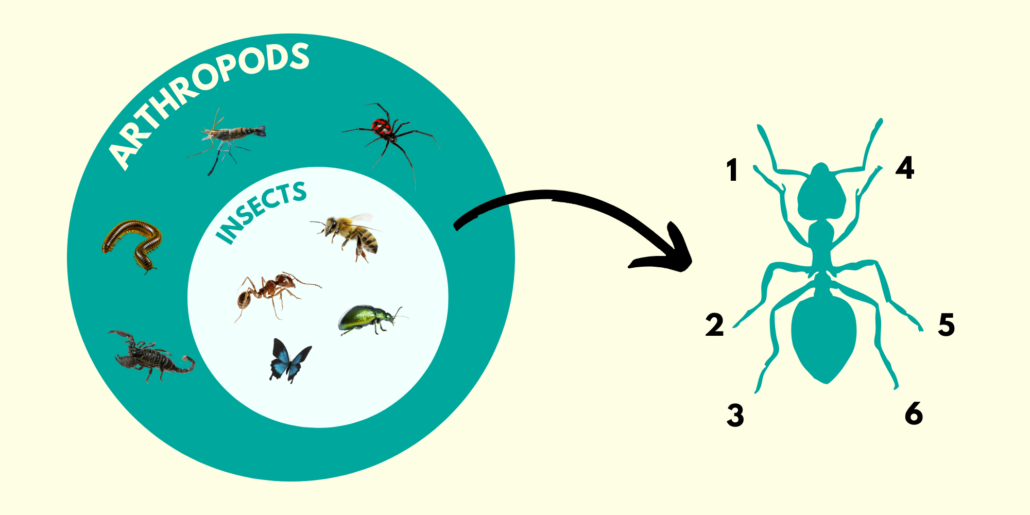
Let’s look at some of these arthropods that are often hidden in plain sight
One of the more unexpectedly cute ones is the Lady bird spider (Eresus sandaliatus). As with many species in nature, it is the male that boats such vibrant colours. Though they look fuzzy and cute, try not to pick them up as a bite can cause some discomfort. Spiders, even those that look more menacing, play an important role in our ecosystems. These arthropods are mostly predators, as such they control the population of other arthropods lower in the food chain. We call this top down control. In doing so they prevent any one species from becoming too dominant in the ecosystem.
Moving on to some flying arthropods, we have wild bees. Most people are familiar with honey bees and their importance in European agriculture. But did you know that out in nature wild bees are more important than honey bees? Certain bees specialise only on certain groups of plants like yellow asteraceae. There are even bees that parasitise other wild bee nests like the Cuckoo bees from the genus Nomada.
The final arthropod we want to highlight is the Aspen lappet (Phyllodesma tremulifolium). Unlike our first arthropod, the Lady bird spider, the Aspen lappet will definitely go overlooked during your next visit to your favourite Natura 2000 area thanks to its amazing camouflage. The ability to blend in with your surroundings has proven to be beneficial for both predators and pray alike. Praying mantises use it to ambush prey and moths and butterflies like the Aspen lappet use it to avoid becoming lunch. And have you ever wondered why moths are so fuzzy? Well, this is an adaptation that helps them avoid detection from predators and keep them warm so they can fly at night.
So next time you’re in nature don’t forget to keep an eye out for those cool arthropods hidden in plain sight!
More articles about biodiversity
Hidden in plain sight
https://yeenet.eu/wp-content/uploads/2024/05/Hidden-in-sight.png 540 540 YEE https://yeenet.eu/wp-content/uploads/2018/11/logo-yee-728x1030.png YEE2024-05-30 10:14:032024-05-30 10:15:21Hidden in plain sightOur mission
 YEE aims to unite environmental youth non-profit organisations in Europe in order to enhance international cooperation, increase knowledge about the climate crisis, raise awareness of environmental problems and to strengthen participation of youth in environmental decision-making.
YEE aims to unite environmental youth non-profit organisations in Europe in order to enhance international cooperation, increase knowledge about the climate crisis, raise awareness of environmental problems and to strengthen participation of youth in environmental decision-making.
Get in touch
Vinohradská 2165/48
120 00 Praha 2 – Vinohrady
Czech Republic
E-mail: yee@yeenet.eu


Financially supported by the European Youth Foundation of the Council of Europe. The views expressed do not necessarily reflect the official position of the Council of Europe



